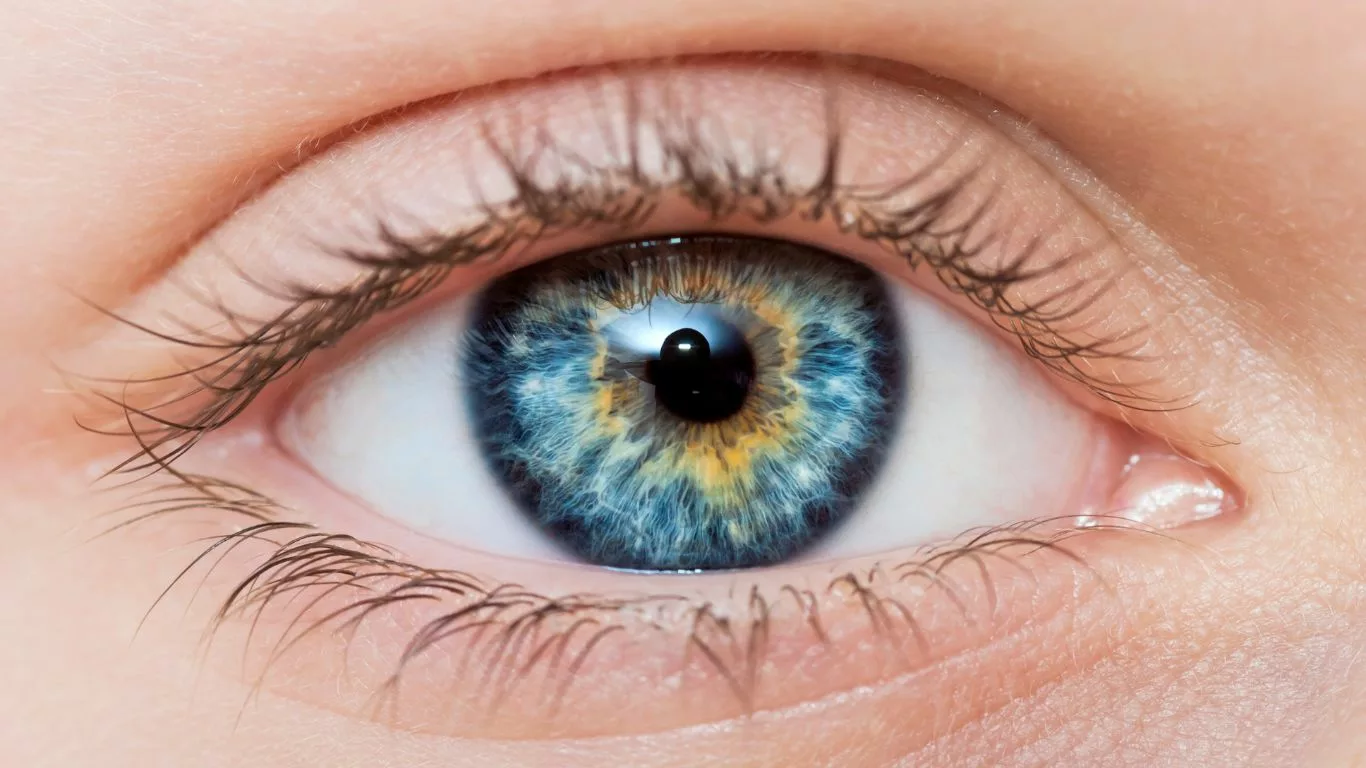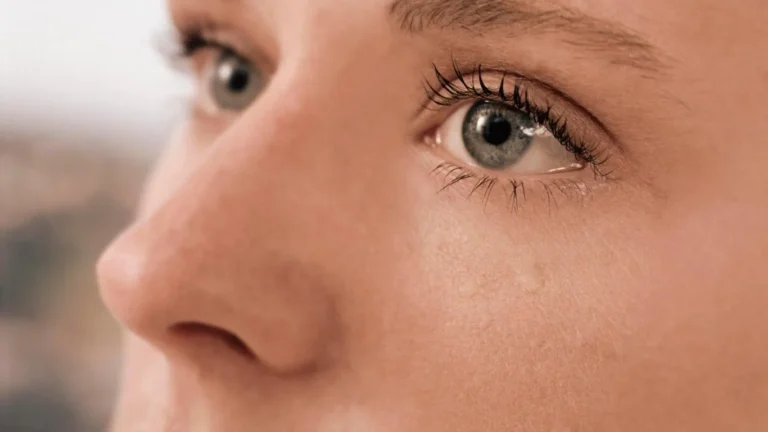Eye Floaters that Look Like Worms: Causes and Treatments
Learn about the causes and treatments of eye floaters that resemble worms. Discover what these floaters indicate, when to seek medical advice, and treatment options.
Eye floaters, often described as spots, threads, or “worm-like” shapes, are small shadows that drift across your vision. While they are usually harmless, they can sometimes signal underlying issues that need attention. In this detailed guide, we will explore the causes of worm-like eye floaters, their implications, and available treatment options.

Understanding Eye Floaters
Eye floaters are tiny specks, threads, or cobweb-like structures that drift across your field of vision. They occur when small clusters of cells or proteins form inside the vitreous, the clear gel-like substance filling the inside of your eye. As light passes through the eye, these clusters cast shadows on the retina, the light-sensitive layer at the back of the eye, resulting in the perception of floaters. These floaters can take various shapes, including dots, squiggly lines, cobwebs, or worm-like structures, and may move as your eyes shift focus.
Floaters are more noticeable when looking at a plain, bright background, such as a clear sky or a blank wall. While they can be an occasional annoyance, floaters are typically harmless. However, a sudden increase in floaters, especially when accompanied by flashes of light or a loss of peripheral vision, may indicate a more serious condition that requires immediate medical attention.
Common Causes
Several factors can contribute to the appearance of eye floaters that look like worms. Understanding these causes can help in identifying whether floaters are a benign part of aging or a symptom of a more serious condition.
Age-Related Changes
One of the most common causes of eye floaters is age-related changes in the vitreous. As we age, the vitreous gel that fills the eye slowly shrinks and becomes more liquid. This process, known as posterior vitreous detachment (PVD), causes the collagen fibers within the vitreous to clump together. These clumps cast shadows on the retina, resulting in floaters. PVD is a natural part of aging and usually occurs in individuals over the age of 50. While PVD is typically harmless, it can sometimes lead to retinal tears or detachment, which require immediate medical attention.
Inflammation
Inflammation in the eye, particularly in the back part of the eye (posterior uveitis), can cause floaters. Posterior uveitis is an inflammation of the uvea, the middle layer of the eye, which can result from infections, autoimmune diseases, or other inflammatory conditions. Inflammation causes the release of inflammatory cells into the vitreous, which appear as floaters. Conditions such as toxoplasmosis, sarcoidosis, and certain viral infections can lead to posterior uveitis and the associated floaters.
Bleeding
Bleeding into the vitreous can also cause floaters. This bleeding, known as vitreous hemorrhage, can result from several conditions, including diabetic retinopathy, hypertension, or physical injury to the eye. Diabetic retinopathy, a complication of diabetes, causes damage to the blood vessels in the retina, which can leak blood into the vitreous. Similarly, hypertension can cause blood vessels in the eye to rupture. Injuries to the eye, such as blunt trauma, can also lead to vitreous hemorrhage. Blood cells from the hemorrhage cast shadows on the retina, appearing as floaters.
Tears and Detachments
Retinal tears or detachments are serious conditions that can cause sudden increases in floaters, often resembling a swarm of insects or worms. A retinal tear occurs when the vitreous pulls away from the retina with enough force to cause a tear. If fluid from the vitreous passes through the tear, it can cause the retina to detach from the underlying tissue. Retinal detachment is a medical emergency that can lead to permanent vision loss if not treated promptly. Symptoms of retinal detachment include a sudden increase in floaters, flashes of light, and a shadow or curtain effect over part of the visual field.

When to Seek Medical Attention
While floaters are often benign, certain symptoms accompanying them warrant prompt evaluation by an eye care professional. It’s important to distinguish between normal floaters and those that could signal a more serious underlying condition. Here are the key scenarios that require immediate medical attention:
Sudden Increase in Floaters
A sudden appearance or significant increase in floaters, especially if accompanied by flashes of light, could indicate retinal detachment or tears. Retinal detachment is a serious condition where the retina peels away from its underlying layer of support tissue. This can cause permanent vision loss if not treated promptly. The sudden increase in floaters may appear as a shower of spots, resembling a swarm of insects or worms. Flashes of light, known as photopsia, occur due to mechanical stimulation of the retina, often indicating that the vitreous is pulling away from the retina. Immediate evaluation by an ophthalmologist is crucial in these cases to prevent long-term damage.
Peripheral Vision Loss
If you experience a shadow or curtain effect over part of your visual field, it could be a sign of retinal detachment. This phenomenon, often described as a gray curtain moving across your field of vision, occurs because the detached retina no longer processes visual information properly. This symptom is particularly concerning because it indicates that the detachment has progressed to the point where it is affecting a significant portion of the retina. Prompt medical intervention is necessary to reattach the retina and restore vision. If left untreated, retinal detachment can lead to irreversible vision loss.
Persistent Floaters
Floaters that persist and interfere significantly with your vision or daily activities should be evaluated to rule out underlying conditions. While most floaters are benign and become less noticeable over time, persistent floaters can be a symptom of more serious issues such as vitreous hemorrhage, inflammation (uveitis), or even a slow-developing retinal detachment. Chronic floaters can be particularly bothersome, causing visual disturbances that affect reading, driving, or working. An eye care professional can assess whether these floaters are harmless or indicative of a condition requiring treatment. Regular follow-ups and monitoring can help manage the symptoms and prevent potential complications.

Treatment Options
Treatment for eye floaters depends on their cause and severity. Here are some options:
Monitoring
For most benign floaters, no treatment is necessary. Regular monitoring and routine eye exams can help ensure they are not indicative of a more serious problem. During these exams, your eye doctor will check for any changes in the number, size, or shape of the floaters, and look for signs of underlying conditions such as retinal tears or detachment. Maintaining regular eye exams, especially as you age or if you have risk factors for retinal issues, is crucial for early detection and management of any problems that might arise.
Laser Therapy
Laser vitreolysis can be used to break up floaters, making them less noticeable. This outpatient procedure is generally safe and effective for certain types of floaters. During the procedure, a specialized laser is directed at the floaters, breaking them apart so they are less prominent. This treatment is particularly useful for large floaters that significantly impair vision. It is a minimally invasive procedure with a relatively quick recovery time. However, it is not suitable for all types of floaters, and a thorough evaluation by an eye care professional is necessary to determine if you are a good candidate for this treatment.
Vitrectomy
In severe cases where floaters significantly impair vision, a vitrectomy may be performed. This surgical procedure involves removing the vitreous gel and replacing it with a saline solution. It is typically reserved for cases where other treatments are ineffective. During a vitrectomy, the surgeon makes tiny incisions in the eye, removes the vitreous along with the floaters, and replaces it with a saline solution or gas bubble that will eventually be absorbed by the eye and replaced by natural fluids. While vitrectomy can be highly effective in removing floaters, it carries risks such as infection, bleeding, and retinal detachment. Therefore, it is considered only when the floaters severely impact the quality of life and other treatments have not provided relief.

Conclusion
While eye floaters that look like worms are often a natural part of aging, they can sometimes signal more serious eye conditions. Understanding the causes and knowing when to seek medical attention is crucial for maintaining eye health. Regular eye exams and consultations with an eye care professional can help manage floaters effectively and ensure any underlying issues are promptly addressed.
By staying informed and proactive about your eye health, you can ensure that your vision remains clear and unobstructed.
Appendices
References
For further exploration of eye floaters and related conditions, consider reviewing the following references:
- National Eye Institute (NEI). (2021). Facts About Floaters. Read Article
- American Academy of Ophthalmology (AAO). (2022). Eye Floaters and Flashes. Read Article
- Rubin, M. L., & Safeer, R. S. (2019). Retinal Detachment: Symptoms, Causes, and Treatment. American Family Physician, 99(4), 238-243. Read Article
- National Institutes of Health (NIH). (2023). Diabetic Retinopathy: Overview and Management. National Digestive Health Report, 29(3), 218-230. Read Article
FAQs
Here are some frequently asked questions about eye floaters:
- Are eye floaters dangerous? Most floaters are harmless, but a sudden increase in floaters, especially with flashes of light or vision loss, requires immediate medical attention.
- Can eye floaters go away on their own? Many floaters become less noticeable over time as they settle below the line of sight. However, persistent or bothersome floaters may require treatment.
- Is there a way to prevent eye floaters? While you can’t completely prevent floaters, maintaining good overall eye health through regular check-ups and managing underlying conditions like diabetes can reduce risks.
Related Table
Here’s a summary table of key information regarding eye floaters:
| Aspect | Information |
|---|---|
| Common Causes | Age-related changes, inflammation, bleeding, retinal tears/detachments |
| When to Seek Help | Sudden increase in floaters, flashes of light, peripheral vision loss |
| Treatment Options | Monitoring, laser therapy, vitrectomy |
Disclaimer: The information provided in this article is for educational and informational purposes only. It is not intended to be a substitute for professional medical advice, diagnosis, or treatment. Always seek the advice of your physician or other qualified health provider with any questions you may have regarding a medical condition. Never disregard professional medical advice or delay in seeking it because of something you have read in this article. Reliance on any information provided in this article is solely at your own risk.

Camellia Wulansari is a dedicated Medical Assistant at a local clinic and a passionate health writer at Healthusias.com. With years of hands-on experience in patient care and a deep interest in preventive medicine, she bridges the gap between clinical knowledge and accessible health information. Camellia specializes in writing about digestive health, chronic conditions like GERD and hypertension, respiratory issues, and autoimmune diseases, aiming to empower readers with practical, easy-to-understand insights. When she’s not assisting patients or writing, you’ll find her enjoying quiet mornings with coffee and a medical journal in hand—or jamming to her favorite metal band, Lamb of God.






